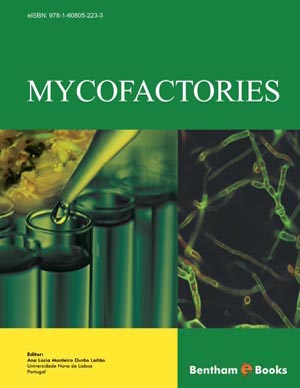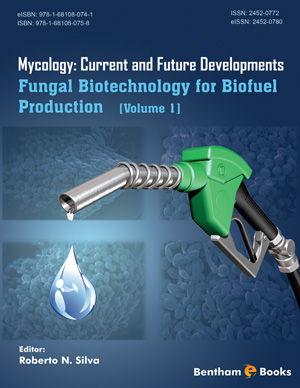Abstract
Currently, biotechnologies that aim to optimize the residual lignocellulosic
biomass are receiving widespread attention, mainly when it comes to developing
integrated systems that allow the generation of multi-products in industrial plants,
especially for ethanol production. One of the main bottlenecks for efficient conversion
of lignocellulosic biomass into ethanol is the limitation of Saccharomyces cerevisiae,
the most widely used yeast in bioethanol production, in metabolizing xylose. This
pentose is the main constituent of the hemicellulose fractions in plant cell walls and the
second most abundant monosaccharide in lignocellulosic biomass. This challenge is
being overcome by the isolation and intense molecular evaluation of new yeast species,
mainly members of the genera Spathaspora and Scheffersomyces, since they have
shown high capacities for xylose assimilation, which has been corroborated through
studies aimed at improving ethanol production and other products via the association of
these yeasts with improved fermentation capacity. In this sense, this chapter addresses
the recent advances in the identification of novel isolates of the genera Spathaspora
and Scheffersomyces, particularly emphasizing the applications of these genera in
ethanol and xylitol production.
Keywords: Atlantic rainforest, Biofuel, Biotechnology, Candida, Cellobiose, Ethanol, Fermentation, Fungi, Genomic analysis, Gut of insects, Hexoses, Lignocellulosic biomass, Pentoses, Pichia, Rotting wood, Sp. passalidarum, Sc. stipitis, Sugarcane hydrolysate, Xylitol, Xylose.






